The LS3/5a is perhaps the most famous loudspeaker in the audio world with many versions made, past and present, by many companies. Various versions of the speakers have been reviewed at Dagogo, most recently a current Rogers offering, which was reviewed by Constantine Soo. Indeed, I had also requested a pair but when I saw that he was covering that model, I elected to request the considerably bigger brother from Rogers, the LS5/9.
Rogers dates back to 1947 and has been bought and sold several times over the years. Today, the speakers are being manufactured back in the UK under the direction of Andy Whittle who is one of the foremost experts on all things LS3/5a. Andy has worked for several companies over the years, including Audio Note UK, Celestion, Mordaunt-Short, and Exposure. He was responsible for designing my lovely Audio Note AX Two loudspeakers, which I have owned for the last 10 years. What I tend to say about the AX Two is that “you’ll have to pry them from my cold dead hands” as I have found them to be one of the great under-the-radar bargains in audio.
I must admit that I am more of a fan of larger and fuller-range stand mounts like the Rogers LS 5/9. To me, they serve up a larger, more complete presentation than their little LS 3/5a sibling. There are sometimes drawbacks to larger speakers, of course, because more bass tends to create more room-induced problems. Moreover, cohesiveness may become a problem often in the vocal band. Fortunately, these fears were unfounded in this case. The LS 5/9 gets the vocal band bang-on, and that’s why I requested the speaker for review. If I am going to spend months listening to a speaker it has to get the midrange right. It has to be all-day enjoyable.
Out of the box I was greeted to a top-notch Russian Birch finish (Rosewood) with nice Tygan grilles. Andy tells me the LS 5/9 should be used with the grills on. The speakers come in three standard finishes but you can special order them in other finishes at additional cost. As an aside, I am pleased that more manufacturers are offering more finish options so you can get it the way you want it.
Around the back, the speakers have a single pair of small terminals for connecting speaker wire with banana connectors. They are a perfect match for my Audio Note SPe silver cables. Under the speaker grilles, there are resistor jump links to adjust the treble.
The LS5/9, unlike the LS3/5a, is a ported cabinet. The port is in the front and affords a nice degree of positioning flexibility. I placed the speakers where my Audio Note AN-K/SPe speakers, a sealed cabinet design, were sitting and was pleasantly surprised at how well the Rogers did very close to my rear walls. My flat in Hong Kong is considered large with a living room of 13 by 18 feet with 9-foot ceilings. The solid concrete walls don’t sing along to the music like wood-framed housing. One of the reasons the LS speakers are so hugely popular in Asia, I suspect, is due to their positioning flexibility. You can place them away from room boundaries in a near-field listening set-up to get the soundstage and imaging to your preference.
The Rogers LS5/9 were the store’s demonstrator pair so they were already broken in when I received them. In the first hour of listening, it was clear that the speakers present the vocal band in a more upfront manner than my Audio Note K/SPe. The K/SPe, while being physically a little smaller than the LS5/9, delivers more bass and dynamic impact than the LS5/9. The LS5/9 sounded slightly washed out in comparison. However, the ear adjusts quickly and I began to appreciate the cohesiveness in the midrange and treble with the Rogers. Instruments and vocals had a high degree of realism and a tactile, reach-out-and-touch-you sensation that most speakers lack.
Male and female vocals are a strength of good two-way stand-mount speakers and the LS5/9 is definitely in the upper echelon in this area. Assuming the recording quality is good, I enjoyed everything I played — and I could play it all day. On Lizz Wright’s Grace, her relaxed vocals and emotive presence take center stage. This sense of truth was also there on Snowy White’s Released album, which highlighted the LS5/9’s ability to offer up a superb dose of articulation. Unlike many professional speakers, the LS 5/9 does not sacrifice music for keyhole audiophile talking points. You can enjoy the music at low volumes without over-analyzing aspects of the sound.
Blue Rodeo’s Five Days in July sounds sublime — vocals are clear and sound vital. A young Sarah McLachlan is ethereal on backing vocals on “What is this Love.” There is a weepy quality to the track that the LS 5/9 conveys without shout or bombast. A lot of speakers seem to have an edge, creating a sense of unease, and I appreciate a speaker that retains a balanced presentation. It’s not all vocals; acoustic instruments, such as piano and guitar, are always well rendered and toe-tapping.
With bigger full-range classical music, such as Bernstein’s live recording of Beethoven’s Ode to Freedom, the LS 5/9 were supremely coherent in the middle registers. Of course, they cannot generate the full range thunder of the album. This is to be expected from speakers this size. If you are looking to feel the bass, you will need to augment the LS 5/9 with subwoofers.
In the electronic music genre, Boards of Canada’s Tomorrow’s Harvest is atmospheric, melancholic, science-fiction-like music that reminds me of Blade Runner. The LS 5/9 does a wonderful job in allowing all of the layers to come through and the feeling of dread to fill the room.
Rated as 87dB sensitive and 8 ohms, the speakers gave my 8-watt Audio Note Empress Silver monoblocks no trouble on any music, though Rogers does recommend 30 watts. I found no power-related difference in terms of woofer control or distortion using my 250 watts per channel Wyred4Sound monoblocks. However, the added power will come in if one plays at much louder levels. I suspect if you are buying this sort of speaker, which is all about tone, accuracy, and coherency, your intent is not to shake the paint off your walls. The LS 5/9 is a superb low-volume listening speaker and I never felt the need to turn the volume up to make things out. This is something that is fairly rare in loudspeakers and important for those of us who wish to keep our hearing for the longterm.
Something I learned during the time I had the speakers for review is that Rogers has developed an upgraded version of the LS 5/9 called the SE, and Andy noted that:
“For the SE version, we have upgraded the baffle from plywood to Panzerholz. Panzerholz is a high-temperature resin impregnated plywood and is very good at damping any resonances. We also upgrade the ferrite cores to dust iron cores.
We also make a matching Panzerholz stand for the 5/9 and the LS 3/5A which is a good upgrade.”
With Andy’s background at Audio Note, and with the substantial improvements afforded to Audio Note speaker upgrade versions with the aid of superior parts, I anxiously await trying out the Rogers LS 5/9 SE version.
One of the great things I can conclude about the Rogers LS 5/9 is that while I was listening, I always felt that what I was hearing was true to the recording. A lot of speaker makers like to say their speakers are accurate, but I often find them to sound bright, which leads to fatigue. And there is often a lean quality to them. The Rogers LS 5/9 blends the sense of monitoring accuracy — such that you would certainly feel like they deserve to be in a recording or mastering studio — but also the sense that they belong at home, being the sort of speaker you can sit back and enjoy. I don’t get that with some other speakers, such as those from ATC or PMC, which lean more to the analytical side of the spectrum. The Rogers LS 5/9 strikes a seamless balance into both home and studio listening. No doubt this is the reason they have such a tremendous following in the audio community.
Review system:
Analog Source:
- Audio Note TT3/PSU1 Turntable
- Audio Note IQ3 Moving Magnet Cartridge
- Audio Note Arm3(v.2) Tone arm
Digital Source:
- Cambridge Audio CXC Transport
- Audio Note 0.1x DAC
Amplification:
- Audio Note M1 Phono Preamp
- Audio Note M6 Phono Preamp
- Audio Note Empress Silver Monoblock amplifiers
- Wyred4Sound mAmp Monoblock amplifiers
Cables:
- Audio Note SPe speaker cables
- Audio Note V and Lx Interconnects
- Audio Note ISIS modified power bar
Copy editor: Dan Rubin
- (Page 1 of 1)


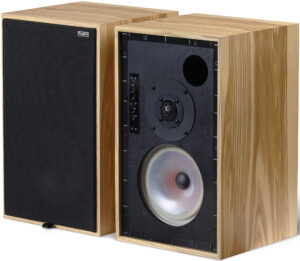



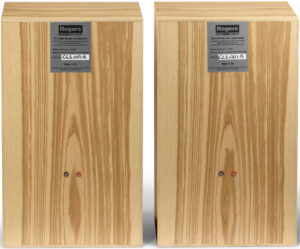
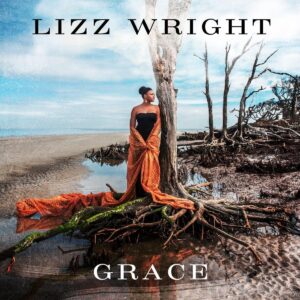

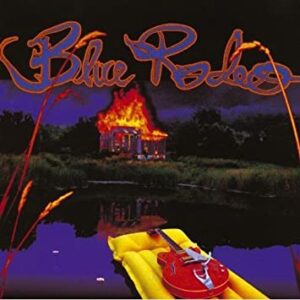
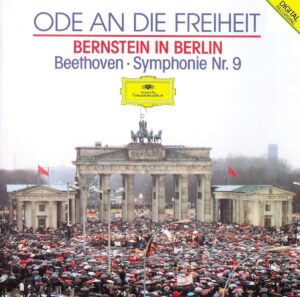
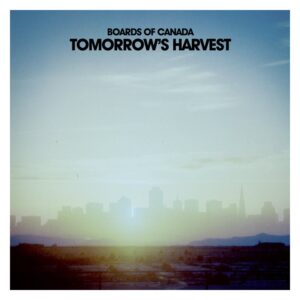
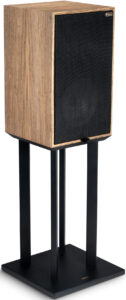
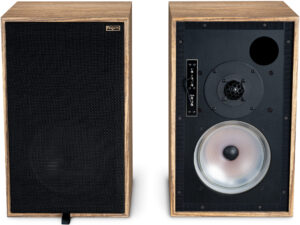
Hi Rchard, could you elaborate more on how the LS5/9 compares to your AN-K speakers? I am interested in getting AN speakers but the LS5/9 is also an option. Thanks, Ramon
Hi Ramon
The two speakers to me are the head of the class so it’s going to come down to what you like more. The AN K has deeper bass and presents a more mid hall sound. The LS5/9 has a more upfront presentation like you’re sitting closer to the band – perhaps because they’re a studio monitoring speaker. I also think the imaging is more precise with the LS 5/9 – they’re easier to get right in the room while I have to spend more time toeing in AN speakers in general. I find the two speakers to be equal but different in that I enjoy both of them all day on all my music. The AN K/SPe does have another advantage though – list price. The AN K/SPe is considerably less expensive and the AN K/Lx is less expensive again with the only difference being cabling. There are also more finishing options with the AN K.
One other thing to consider is that for the price of the Rogers LS 5/9 – you can get an Audio Note J or possibly an AN E. And these speakers once on stands don’t take up much more of a footprint than the LS 5/9 or AN K. The AN J/Lx or AN J/SPe has significantly more bass – is easier to drive and offers a much bigger sound with more ability to handle bigger scale music. If imaging isn’t as important and you like a bigger more full range presentation – the AN J should not be ignored.